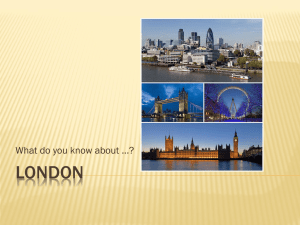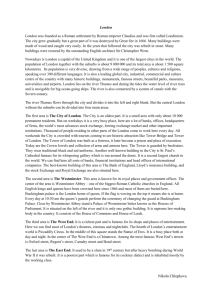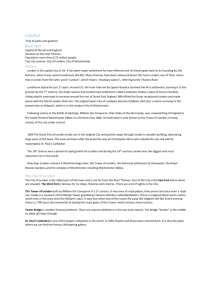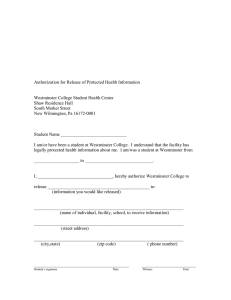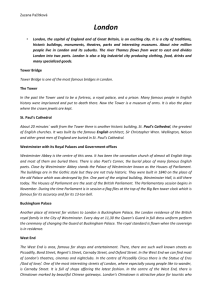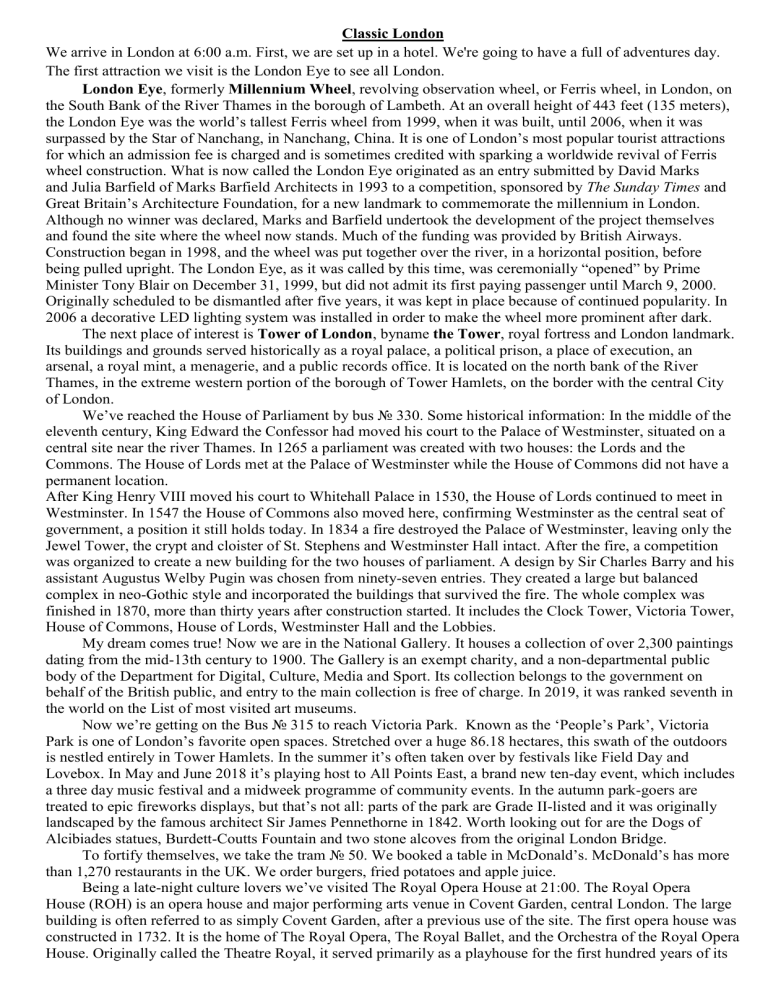
Classic London We arrive in London at 6:00 a.m. First, we are set up in a hotel. We're going to have a full of adventures day. The first attraction we visit is the London Eye to see all London. London Eye, formerly Millennium Wheel, revolving observation wheel, or Ferris wheel, in London, on the South Bank of the River Thames in the borough of Lambeth. At an overall height of 443 feet (135 meters), the London Eye was the world’s tallest Ferris wheel from 1999, when it was built, until 2006, when it was surpassed by the Star of Nanchang, in Nanchang, China. It is one of London’s most popular tourist attractions for which an admission fee is charged and is sometimes credited with sparking a worldwide revival of Ferris wheel construction. What is now called the London Eye originated as an entry submitted by David Marks and Julia Barfield of Marks Barfield Architects in 1993 to a competition, sponsored by The Sunday Times and Great Britain’s Architecture Foundation, for a new landmark to commemorate the millennium in London. Although no winner was declared, Marks and Barfield undertook the development of the project themselves and found the site where the wheel now stands. Much of the funding was provided by British Airways. Construction began in 1998, and the wheel was put together over the river, in a horizontal position, before being pulled upright. The London Eye, as it was called by this time, was ceremonially “opened” by Prime Minister Tony Blair on December 31, 1999, but did not admit its first paying passenger until March 9, 2000. Originally scheduled to be dismantled after five years, it was kept in place because of continued popularity. In 2006 a decorative LED lighting system was installed in order to make the wheel more prominent after dark. The next place of interest is Tower of London, byname the Tower, royal fortress and London landmark. Its buildings and grounds served historically as a royal palace, a political prison, a place of execution, an arsenal, a royal mint, a menagerie, and a public records office. It is located on the north bank of the River Thames, in the extreme western portion of the borough of Tower Hamlets, on the border with the central City of London. We’ve reached the House of Parliament by bus № 330. Some historical information: In the middle of the eleventh century, King Edward the Confessor had moved his court to the Palace of Westminster, situated on a central site near the river Thames. In 1265 a parliament was created with two houses: the Lords and the Commons. The House of Lords met at the Palace of Westminster while the House of Commons did not have a permanent location. After King Henry VIII moved his court to Whitehall Palace in 1530, the House of Lords continued to meet in Westminster. In 1547 the House of Commons also moved here, confirming Westminster as the central seat of government, a position it still holds today. In 1834 a fire destroyed the Palace of Westminster, leaving only the Jewel Tower, the crypt and cloister of St. Stephens and Westminster Hall intact. After the fire, a competition was organized to create a new building for the two houses of parliament. A design by Sir Charles Barry and his assistant Augustus Welby Pugin was chosen from ninety-seven entries. They created a large but balanced complex in neo-Gothic style and incorporated the buildings that survived the fire. The whole complex was finished in 1870, more than thirty years after construction started. It includes the Clock Tower, Victoria Tower, House of Commons, House of Lords, Westminster Hall and the Lobbies. My dream comes true! Now we are in the National Gallery. It houses a collection of over 2,300 paintings dating from the mid-13th century to 1900. The Gallery is an exempt charity, and a non-departmental public body of the Department for Digital, Culture, Media and Sport. Its collection belongs to the government on behalf of the British public, and entry to the main collection is free of charge. In 2019, it was ranked seventh in the world on the List of most visited art museums. Now we’re getting on the Bus № 315 to reach Victoria Park. Known as the ‘People’s Park’, Victoria Park is one of London’s favorite open spaces. Stretched over a huge 86.18 hectares, this swath of the outdoors is nestled entirely in Tower Hamlets. In the summer it’s often taken over by festivals like Field Day and Lovebox. In May and June 2018 it’s playing host to All Points East, a brand new ten-day event, which includes a three day music festival and a midweek programme of community events. In the autumn park-goers are treated to epic fireworks displays, but that’s not all: parts of the park are Grade II-listed and it was originally landscaped by the famous architect Sir James Pennethorne in 1842. Worth looking out for are the Dogs of Alcibiades statues, Burdett-Coutts Fountain and two stone alcoves from the original London Bridge. To fortify themselves, we take the tram № 50. We booked a table in McDonald’s. McDonald’s has more than 1,270 restaurants in the UK. We order burgers, fried potatoes and apple juice. Being a late-night culture lovers we’ve visited The Royal Opera House at 21:00. The Royal Opera House (ROH) is an opera house and major performing arts venue in Covent Garden, central London. The large building is often referred to as simply Covent Garden, after a previous use of the site. The first opera house was constructed in 1732. It is the home of The Royal Opera, The Royal Ballet, and the Orchestra of the Royal Opera House. Originally called the Theatre Royal, it served primarily as a playhouse for the first hundred years of its history. In 1734, the first ballet was presented. A year later, first season of operas by George Frideric Handel began. Many of his operas and oratorios were specifically written for Covent Garden and had their premieres there. The current building is the third theatre on the site, following disastrous fires in 1808 and 1856 to previous buildings. The façade, foyer, and auditorium date from 1858, but almost every other element of the present complex dates from an extensive reconstruction in the 1990s. The main auditorium seats 2,256 people, making it the third largest in London, and consists of four tiers of boxes and balconies and the amphitheatre gallery. The proscenium is 12.20 m wide and 14.80 m high. The main auditorium is a Grade listed building. It’s 23:00 o’clock now. It was wonderful day in London.
